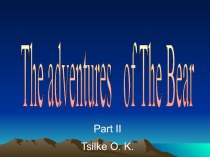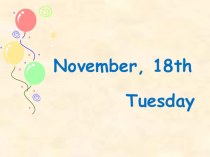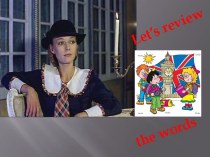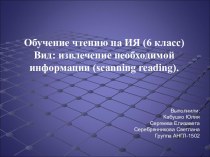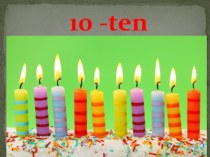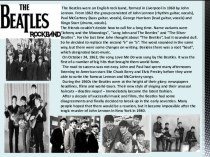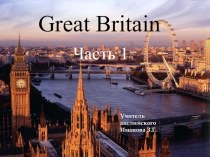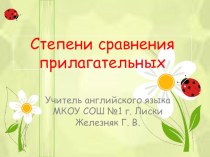- Главная
- Разное
- Бизнес и предпринимательство
- Образование
- Развлечения
- Государство
- Спорт
- Графика
- Культурология
- Еда и кулинария
- Лингвистика
- Религиоведение
- Черчение
- Физкультура
- ИЗО
- Психология
- Социология
- Английский язык
- Астрономия
- Алгебра
- Биология
- География
- Геометрия
- Детские презентации
- Информатика
- История
- Литература
- Маркетинг
- Математика
- Медицина
- Менеджмент
- Музыка
- МХК
- Немецкий язык
- ОБЖ
- Обществознание
- Окружающий мир
- Педагогика
- Русский язык
- Технология
- Физика
- Философия
- Химия
- Шаблоны, картинки для презентаций
- Экология
- Экономика
- Юриспруденция
Что такое findslide.org?
FindSlide.org - это сайт презентаций, докладов, шаблонов в формате PowerPoint.
Обратная связь
Email: Нажмите что бы посмотреть
Презентация на тему по английскому языку Известные люди
Содержание
- 2. Henry Purcell Henry Purcell (10.09.1659 – 21.11.1695),
- 3. Although Purcell incorporated Italian and French stylistic
- 4. Henry Purcell's anthem "Lord, who can tell"
- 5. Henry Purcell wrote two of his finest
- 6. Purcell is honoured together with J.S.Bach and
- 7. In Victoria Street, Westminster, England, there is
- 8. Charles Robert Darwin (1809 –1882) was an English naturalist.Charles Darwin
- 9. Darwin established that all species of life
- 10. He published his theory with compelling evidence
- 11. In recognition of Darwin's pre-eminence as a
- 12. Charles Spencer Chaplin was born on 16
- 13. His working life in entertainment spanned over
- 14. In 1999, the American Film Institute ranked
- 15. "The Tramp" is a vagrant with the
- 16. - Chaplin had blue eyes.- Chaplin once
- 17. 1914 — Tillie’s Punctured Romance1921 — The
- 18. By 1977, he had difficulty communicating, and
- 19. The plot failed; the robbers were captured,
- 20. John Lennon John Winston Ono Lennon, (9
- 21. He rose to worldwide fame as one
- 22. The Lennon/McCartney songwriting partnership is regarded as
- 23. John Lennon Peace MonumentAs performer, writer
- 24. Participants in a 2002 BBC poll voted him eighth of "100 Greatest Britons“.
- 25. Between 2003 and 2008, Rolling Stone recognized
- 26. He was appointed Member of the Order
- 28. The princess was the national patroness of
- 29. Diana worked on children's charities, and had
- 31. People put thousands of flowers in front of Diana’s home, Kensington Palace after her death.
- 32. Immediately after her death, opened memorials devoted
- 33. The Diana, Princess of Wales Memorial Fountain
- 34. Скачать презентацию
- 35. Похожие презентации
Henry Purcell Henry Purcell (10.09.1659 – 21.11.1695), was an English organist and Baroque composer of secular and sacred music.
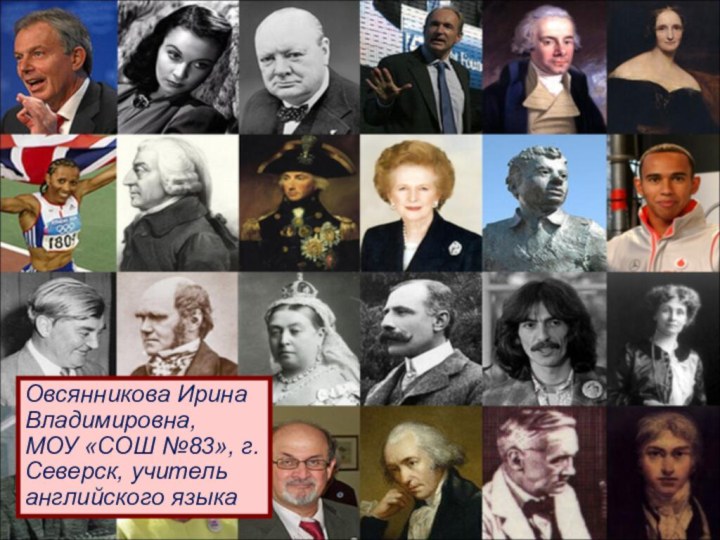

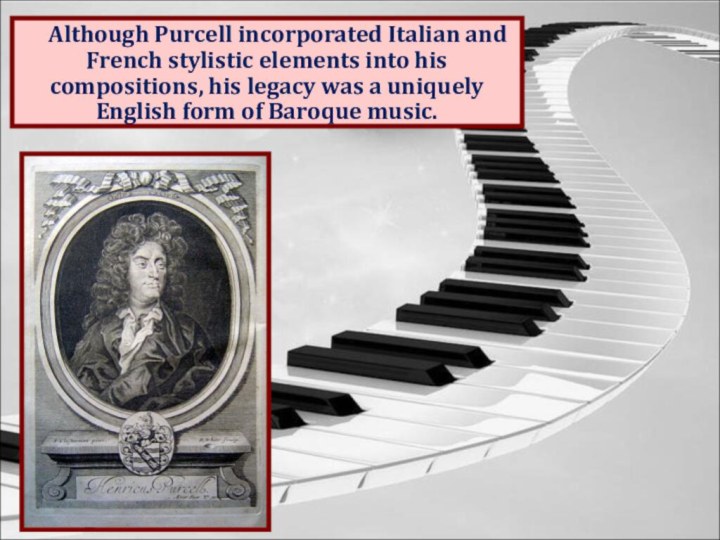
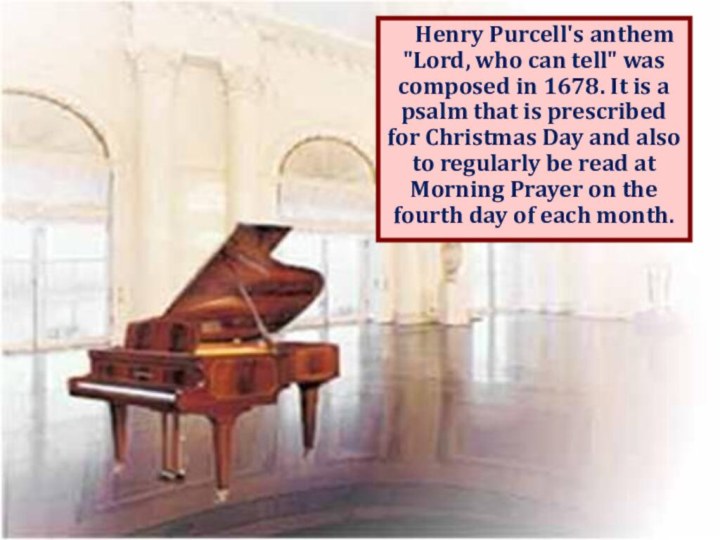
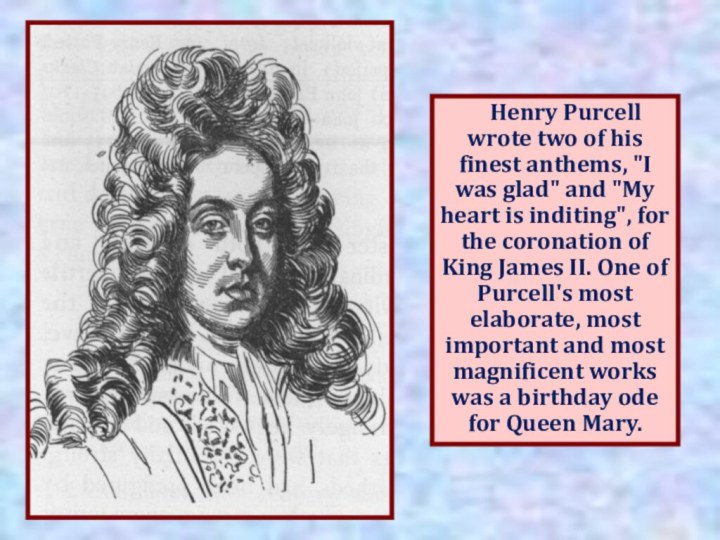
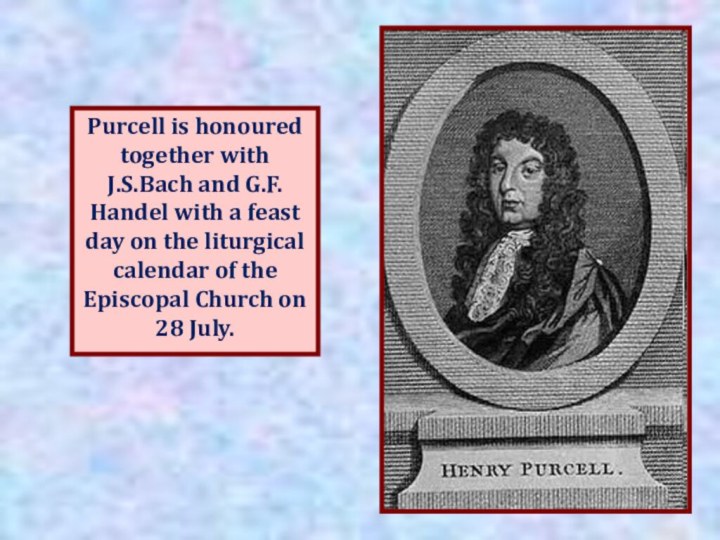
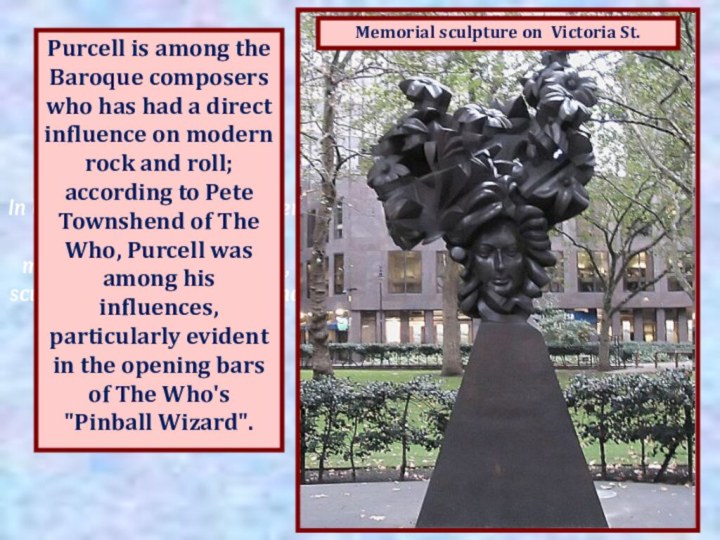
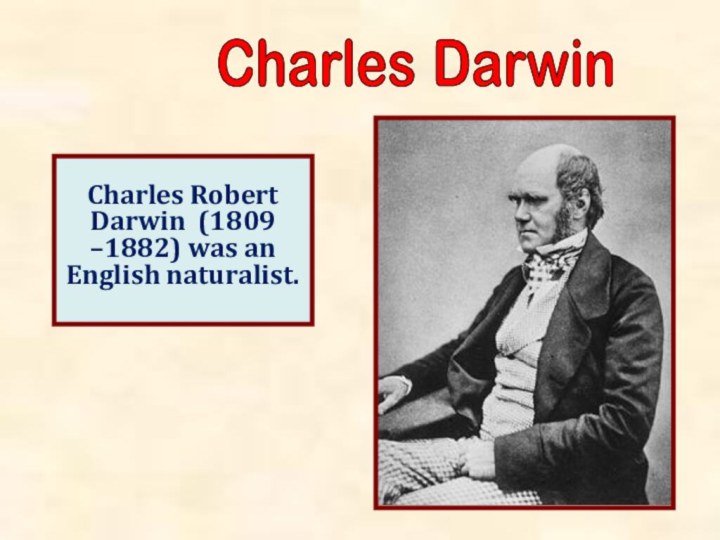

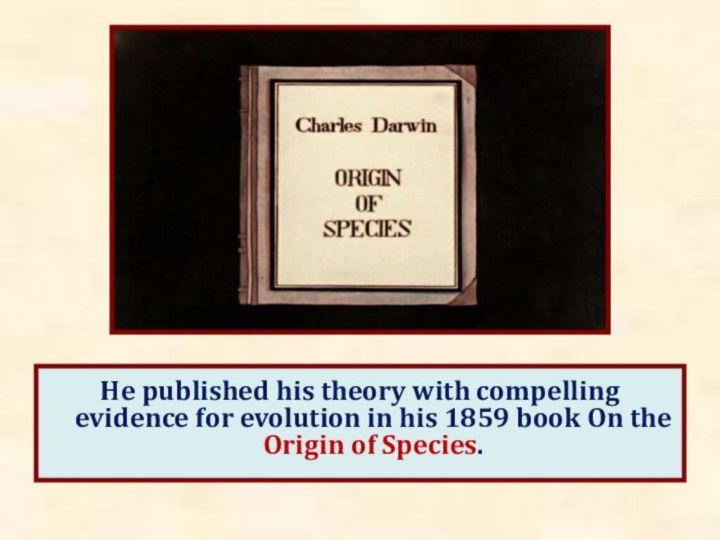

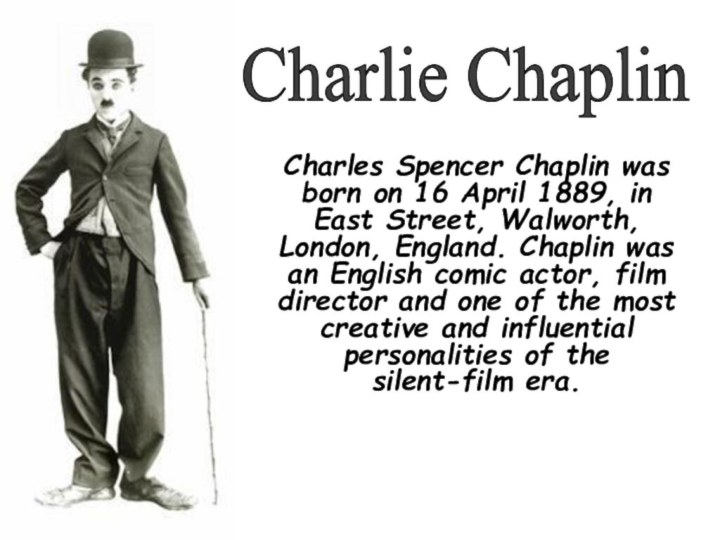
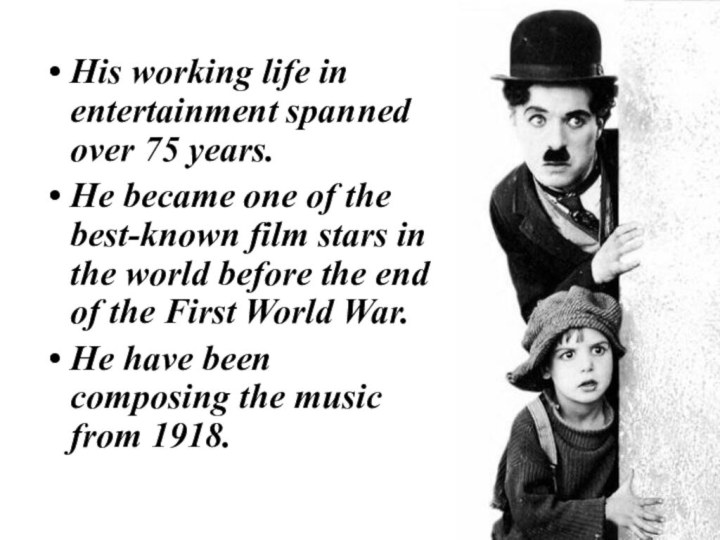
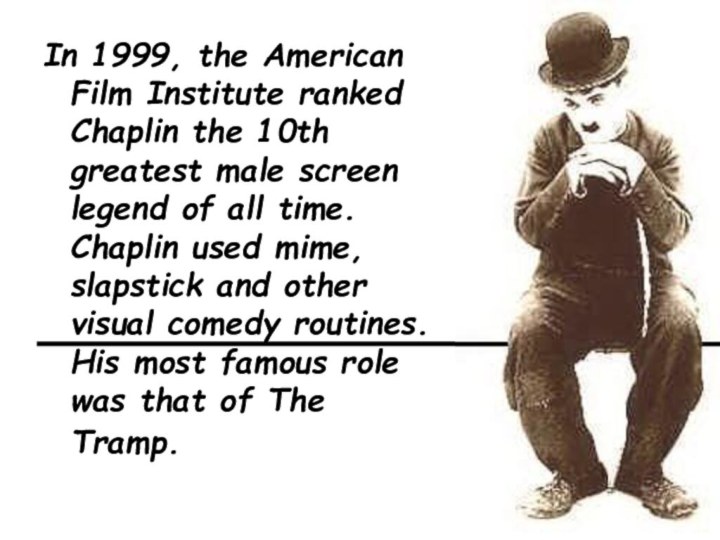
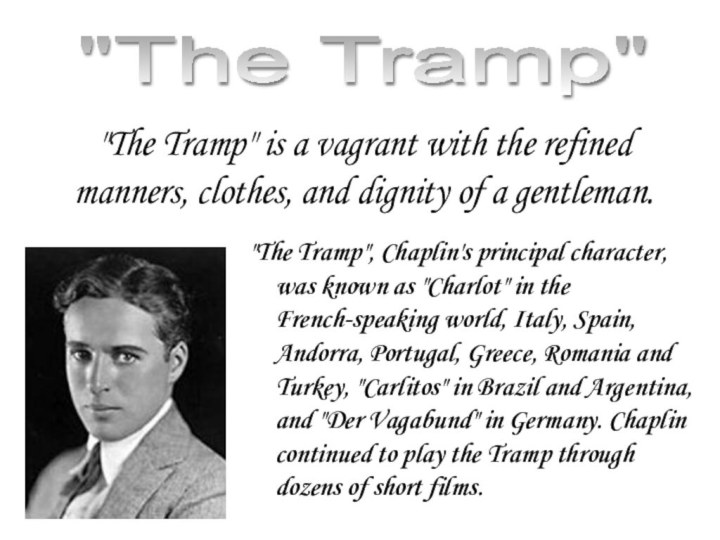
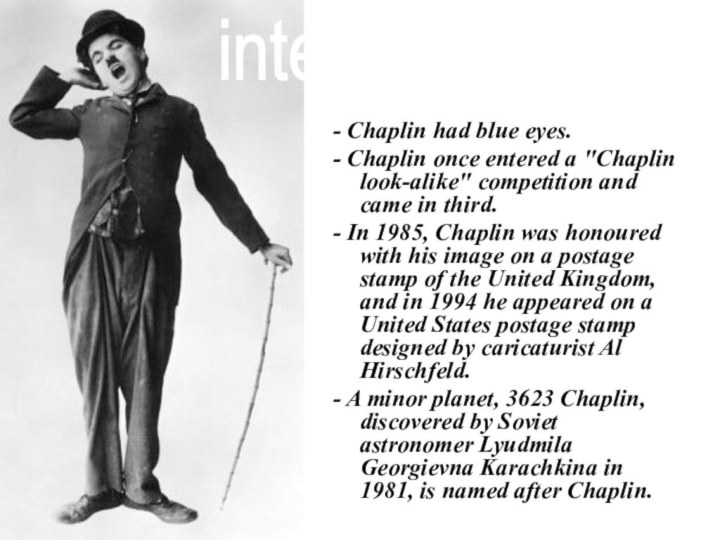

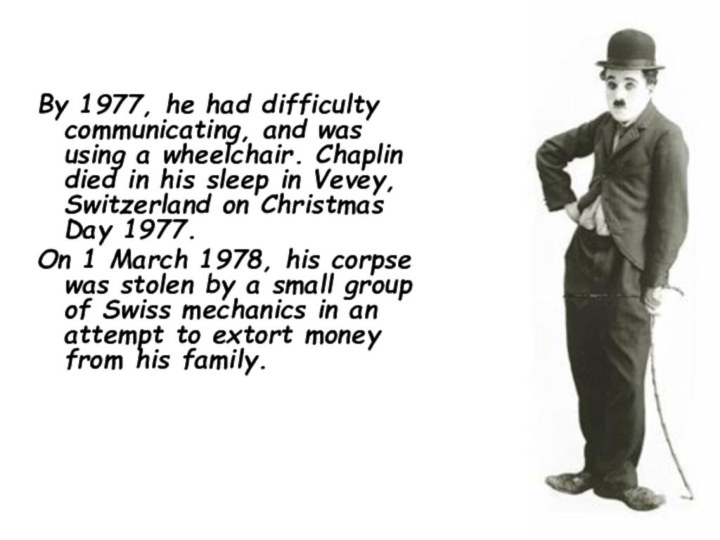

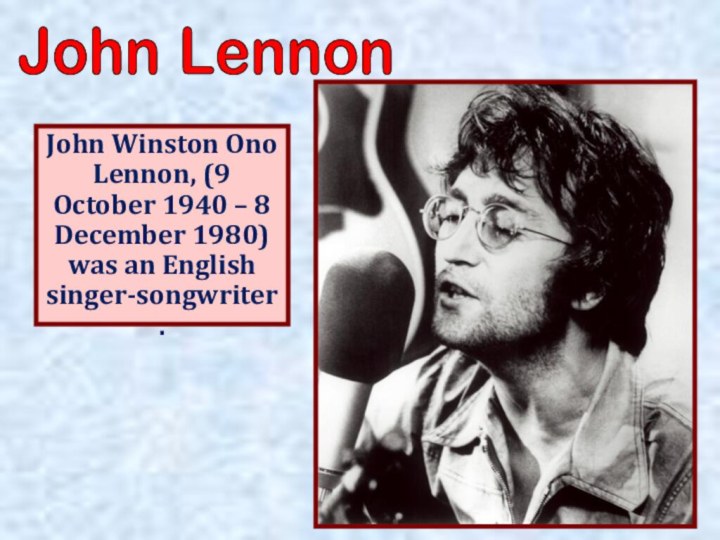

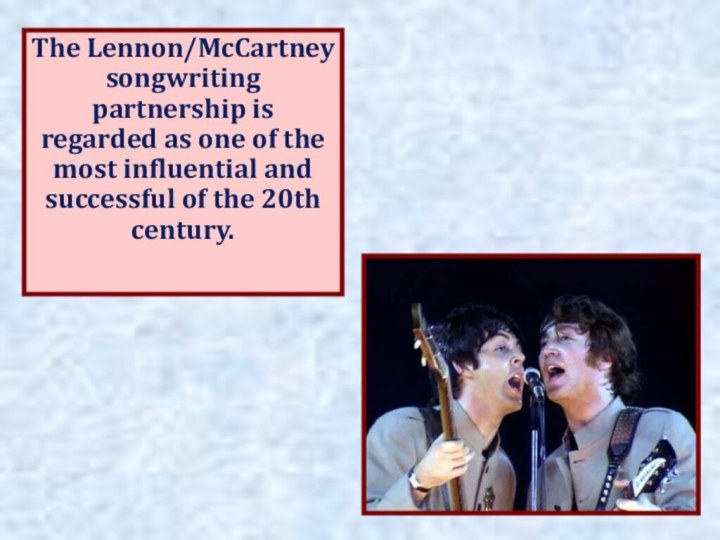
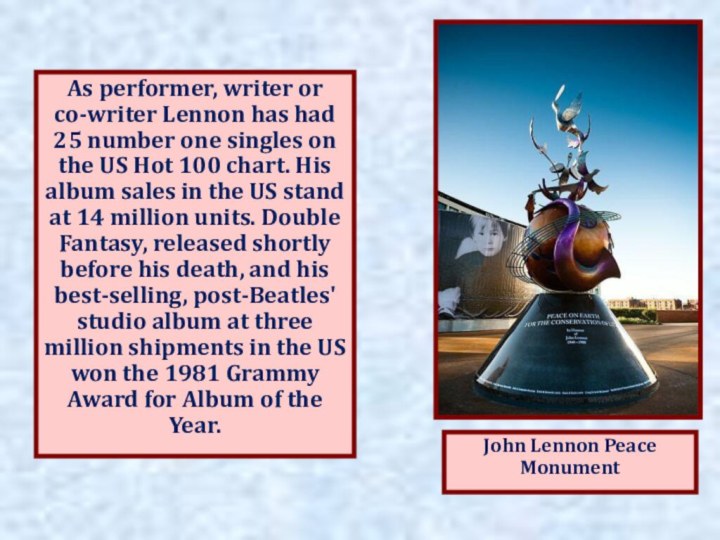



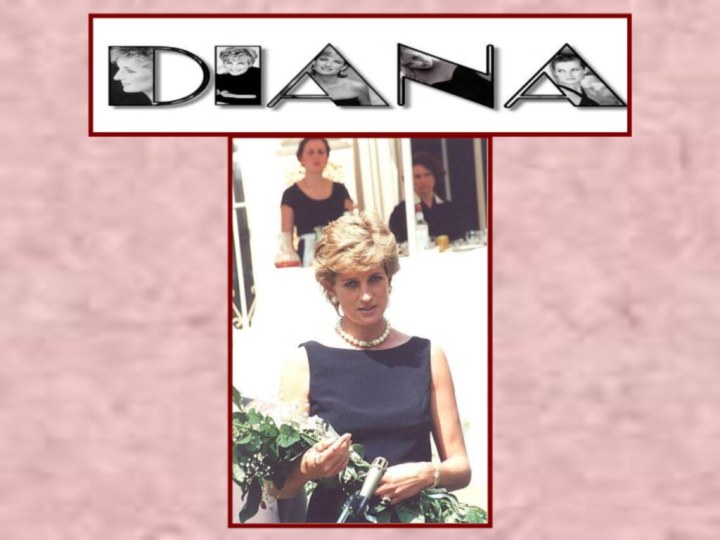
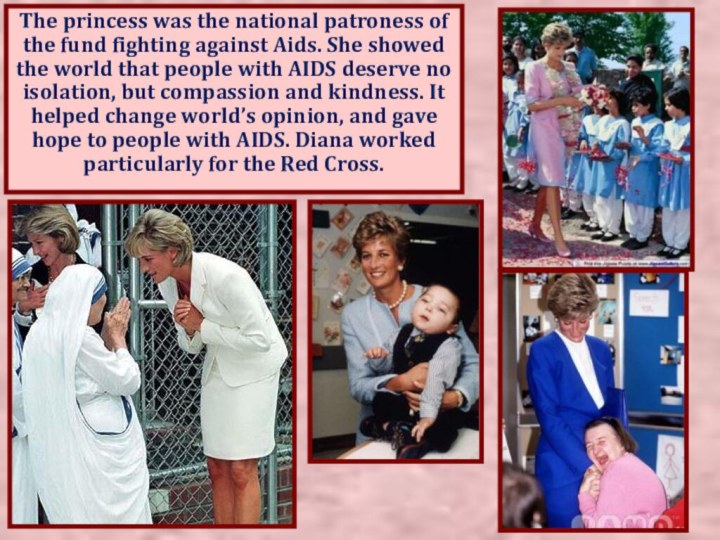
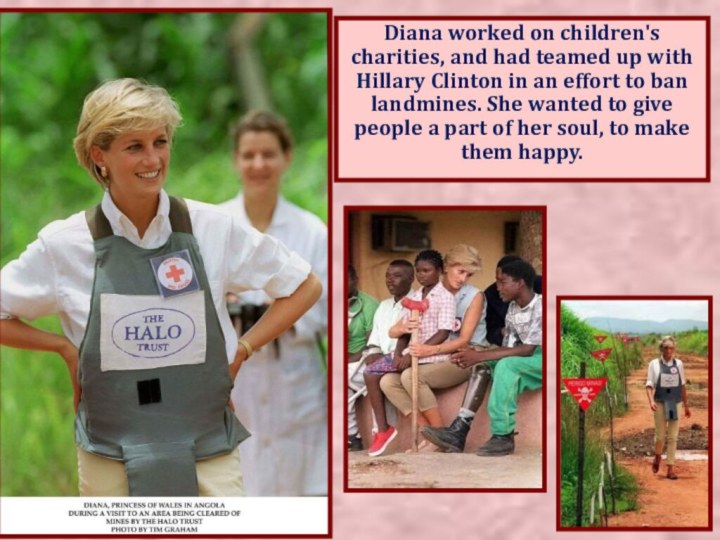

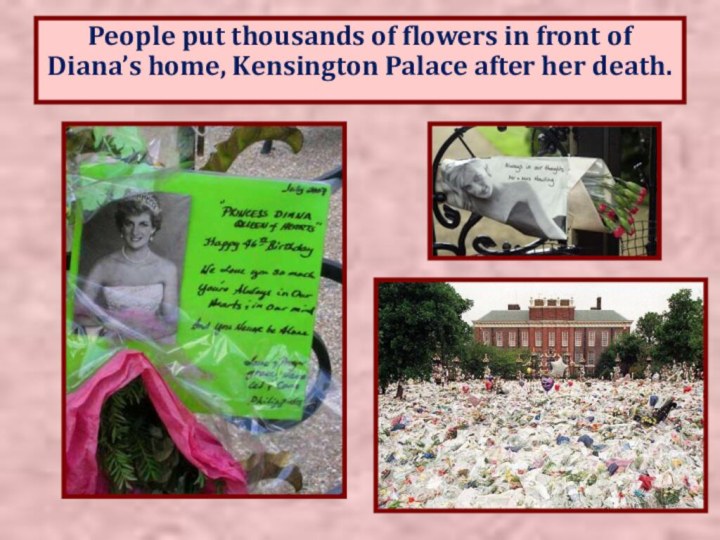
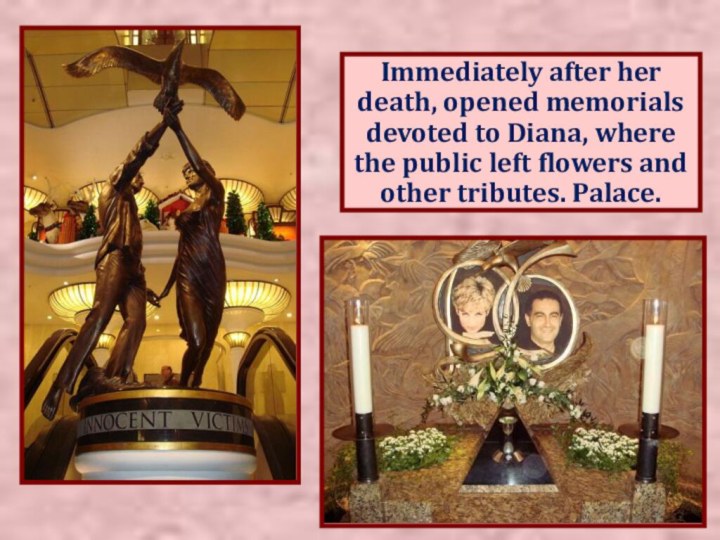


Слайд 3 Although Purcell incorporated Italian and French stylistic elements
into his compositions, his legacy was a uniquely English
form of Baroque music.Слайд 4 Henry Purcell's anthem "Lord, who can tell" was
composed in 1678. It is a psalm that is
prescribed for Christmas Day and also to regularly be read at Morning Prayer on the fourth day of each month.Слайд 5 Henry Purcell wrote two of his finest anthems,
"I was glad" and "My heart is inditing", for
the coronation of King James II. One of Purcell's most elaborate, most important and most magnificent works was a birthday ode for Queen Mary.Слайд 6 Purcell is honoured together with J.S.Bach and G.F.
Handel with a feast day on the liturgical calendar
of the Episcopal Church on 28 July.Слайд 7 In Victoria Street, Westminster, England, there is a
bronze monument to Purcell (right), sculpted by Glynn Williams
and erected in 1994.Purcell is among the Baroque composers who has had a direct influence on modern rock and roll; according to Pete Townshend of The Who, Purcell was among his influences, particularly evident in the opening bars of The Who's "Pinball Wizard".
Memorial sculpture on Victoria St.
Слайд 9
Darwin established that all species of life have
descended over time from common ancestors, and proposed the
scientific theory that this branching pattern of evolution resulted from a process that he called natural selection.
Слайд 10
He published his theory with compelling evidence for
evolution in his 1859 book On the Origin of
Species.Слайд 11 In recognition of Darwin's pre-eminence as a scientist,
he was one of only five nineteenth-century non-royal personages
from the United Kingdom to be honored by a state funeral, and was buried in Westminster Abbey, close to John Herschel and Isaac Newton.Слайд 12 Charles Spencer Chaplin was born on 16 April
1889, in East Street, Walworth, London, England. Chaplin was
an English comic actor, film director and one of the most creative and influential personalities of the silent-film era.Charlie Chaplin
Слайд 13 His working life in entertainment spanned over 75
years.
He became one of the best-known film stars in
the world before the end of the First World War. He have been composing the music from 1918.
Слайд 14 In 1999, the American Film Institute ranked Chaplin
the 10th greatest male screen legend of all time.
Chaplin used mime, slapstick and other visual comedy routines. His most famous role was that of The Tramp.Слайд 15 "The Tramp" is a vagrant with the refined
manners, clothes, and dignity of a gentleman.
"The Tramp", Chaplin's
principal character, was known as "Charlot" in the French-speaking world, Italy, Spain, Andorra, Portugal, Greece, Romania and Turkey, "Carlitos" in Brazil and Argentina, and "Der Vagabund" in Germany. Chaplin continued to play the Tramp through dozens of short films."The Tramp"
Слайд 16
- Chaplin had blue eyes.
- Chaplin once entered
a "Chaplin look-alike" competition and came in third.
- In
1985, Chaplin was honoured with his image on a postage stamp of the United Kingdom, and in 1994 he appeared on a United States postage stamp designed by caricaturist Al Hirschfeld.- A minor planet, 3623 Chaplin, discovered by Soviet astronomer Lyudmila Georgievna Karachkina in 1981, is named after Chaplin.
interesting facts:
Слайд 17
1914 — Tillie’s Punctured Romance
1921 — The Kid
1923
— A Woman of Paris
1925 — The Gold Rush1
1926
— A Woman of the Sea1928 — The Circus
1928 — Show People
1931 — City Lights
1936 — Modern Times
1940 — The Great Dictator
1947 — Monsieur Verdoux
1952 — Limelight
1957 — A King in New York
1967 — A Countess From Hong Kong
Feature films:
Слайд 18
By 1977, he had difficulty communicating, and was
using a wheelchair. Chaplin died in his sleep in
Vevey, Switzerland on Christmas Day 1977.On 1 March 1978, his corpse was stolen by a small group of Swiss mechanics in an attempt to extort money from his family.
Слайд 19 The plot failed; the robbers were captured, and
the corpse was recovered eleven weeks later near Lake
Geneva.His body was reburied.

